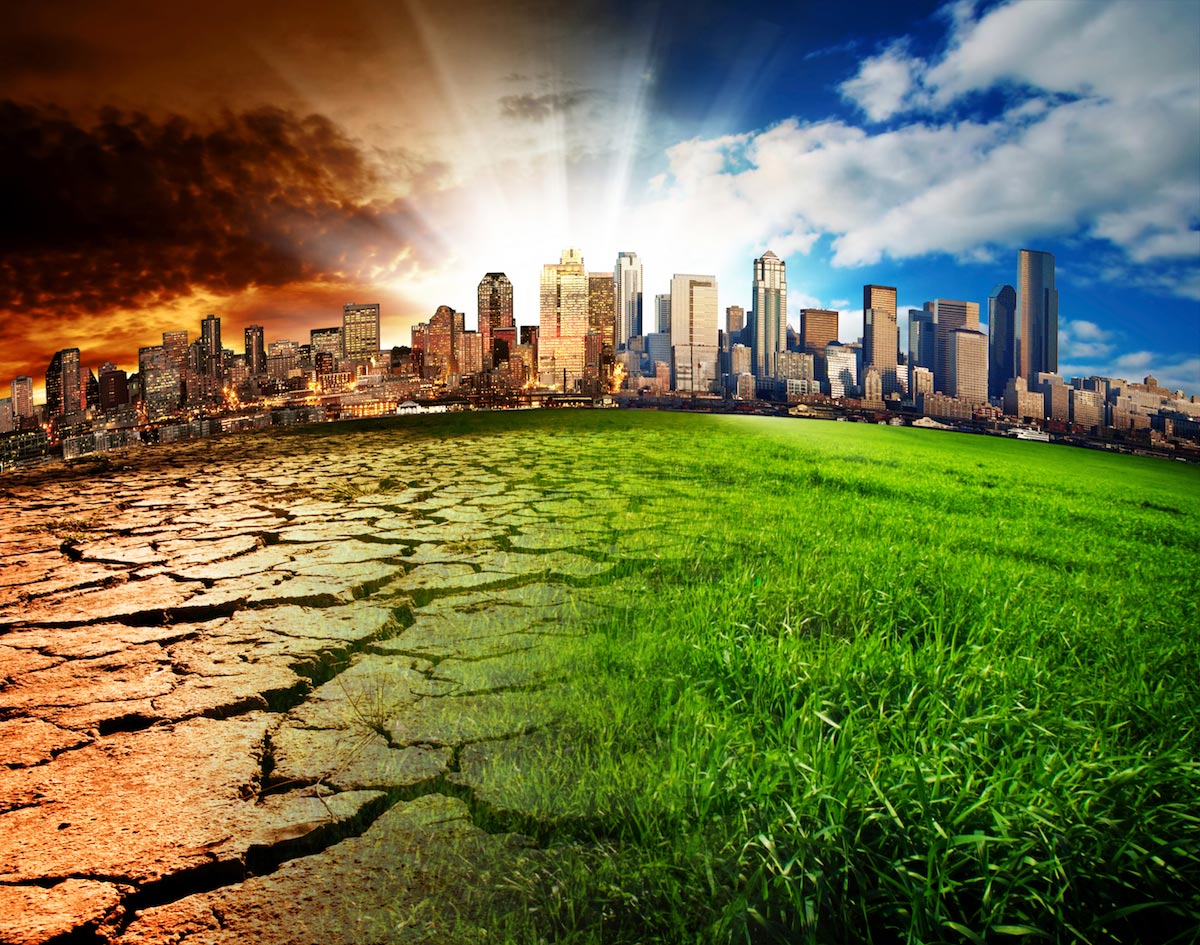It’s no secret that California is in a major drought. Recently, however, NASA satellite pictures revealed that California is sinking quicker than previously believed.
The images found that some regions of the state are sinking two inches per month. The sinking of land, also known as subsidence, is common in California. The land is sinking quicker than usual because farmers are pumping out more groundwater to deal with the ongoing drought.(1)
Approximately 97 percent of the state is experiencing a moderate to exceptional drought. In an effort to quantify the sinking land, officials at the Department of Water Resources and NASA’s Jet Propulsion Laboratory in Pasadena, California, compared satellite images of California over the years.(1)
Golden State collapsing
According to the space agency, some regions around Corcoran have sunk 13 inches in 18 months, which is about an inch and a half a month. At this rate, Corcoran could be under water in about 100 years.(2)
The California Aqueduct, a hydraulic system that carries water from the Sacramento-San Joaquin Delta to the San Joaquin Valley, has sunk approximately 12.5 inches in the last four months. Other regions, such as the Tulare Basin, have sank 13 inches in just eight months. At these rates, California will likely continue to sink until water and snow replenishes the exhausted groundwater,.(1,2)
That is assuming the drought will end soon, however. Farmers are scraping at the bottom of water wells. In order to deal with the drought, farmers are pumping groundwater from wells quicker than Mother Earth can replenish them. Consequently, farmers are drilling deeper into the Earth for more groundwater — farther than many water wells already extend. As a corollary, much of the land is sinking at an unprecedented rate.
Sinking land threatens agriculture
Overusing the available groundwater could have long-term consequences. According to the researchers, if the land shrinks too much, or for too long, it may loose its ability to store groundwater. California is a major source for the United States’ agriculture. If the land can no longer store groundwater, one of the world’s leading sources of produce would literally be sucked dry.(1)
The Golden State’s economy has already taken a beating from the drought. Farming jobs are becoming incredibly scarce in California. Some small towns teeter on the brink of extinction as farmers pack their belongings in search of a more prosperous farming economy.
“Because of increased pumping, groundwater levels are reaching record lows — up to 100 feet (30 meters) lower than previous records,” Mark Cowin, director of California’s Department of Water Resources, told sources. “As extensive groundwater pumping continues, the land is sinking more rapidly.”(1)
Sinking land isn’t just a problem for agriculture, however. Subsidence can damage roads, bridges, buildings and flood control structures. Repairing the infrastructure would be costly to Californians.
“Groundwater acts as a savings account to provide supplies during drought, but the NASA report shows the consequences of excessive withdrawals as we head into the fifth year of historic drought,” Corwin said in a press release. “We will work together with counties, local water districts, and affected communities to identify ways to slow the rate of subsidence and protect vital infrastructure such as canals, pumping stations, bridges and wells.”(1)
It is unfortunate that elected leadership over the years have failed to adequately prepare for droughts in California. Government agencies could have built water storage facilities years ago. Now, the excessive pumping of groundwater could permanently destroy aquifers, leaving the sunny state in ruins.
Sources include:
(1) FoxNews.com


